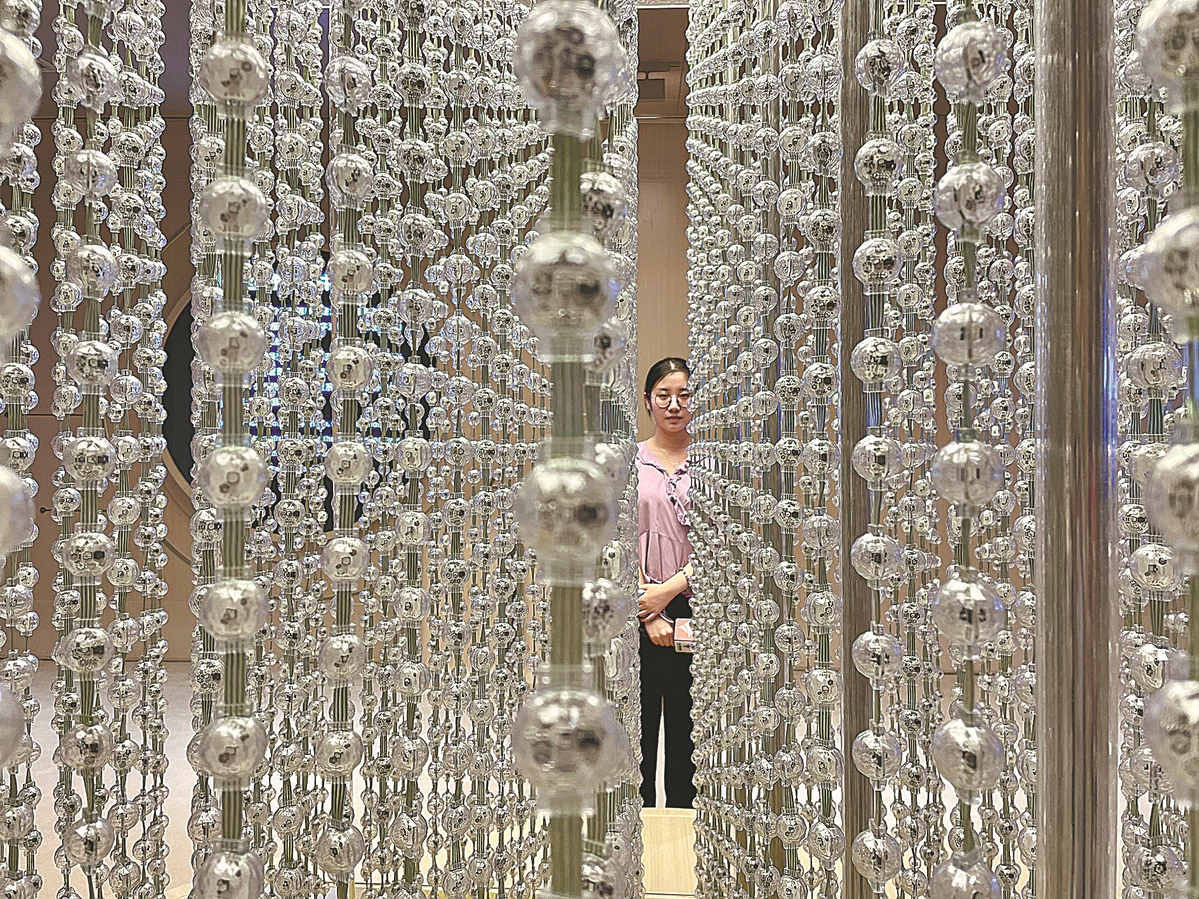Nansha: The world's next Silicon Valley?
- By Jay Ian Birbeck
 0 Comment(s)
0 Comment(s) Print
Print E-mail China.org.cn, July 14, 2022
E-mail China.org.cn, July 14, 2022

Nansha is one of Guangzhou's least populated districts, but it may soon become its most essential. An ambitious new plan promises to catapult the district into the global spotlight and make it one of the most exciting places to observe the development of China's high-tech economy.
Nansha is Guangzhou's only coastal district and sits almost at the geographical center of the Pearl River Delta, one of the largest urban zones on Earth, consisting of Hong Kong, Macao, Guangzhou, Shenzhen and seven other cities. Possibly due to the success of its neighbors, it was overlooked for a long time. In contrast to the bustling metropolises around it, Nansha long remained a tranquil backwater, occasionally visited by tourists looking for fishing villages, quiet beaches and Qing-era ruins.
Everything began to change in 2004 when, recognizing Nansha's unique geographical advantage, Guangzhou built a container port in the district. The investment quickly paid off. Almost immediately after opening, the Port of Nansha became one of the fastest-growing container terminals on the Chinese mainland and sparked a rapid rate of urbanization. The success caught the attention of the State Council in 2012, which designated Nansha a State-level New Area, tying the district's development directly into national strategy. It has since become an essential part of China's trading network.
In June 2022, the State Council issued an ambitious plan to transform the district into a high-tech hub. The plan states that by 2035, Nansha will become a magnet for technology firms and a global sci-tech innovation center. Together with a raft of other policies, the plan aims to turn the district into a globally competitive tech hub similar to Silicon Valley.
So how does Nansha stack up when it comes to science and technology? What needs to be done, and can it really compete internationally?
First, it's worth noting that, with fewer than a million residents, Nansha already punches well above its weight economically. The district is now one of the world's top 12 ports and shipping hubs and a center for high-end manufacturing, aerospace and marine technologies, health industries, and integrated circuits.
Moreover, a vibrant artificial intelligence (AI) sector has established itself in the district. According to the local authorities, Nansha is already home to over 400 AI businesses. For comparison, Beijing, a long-established global tech hub, hosts around 1,000 AI companies. Moreover, Nansha's AI companies aren't just small startups. Cloudwalk Technology, Aofei Data, and Pony.ai each have a market value of more than $1 billion, according to the Hurun Research Institute. For such a young and sparsely populated district, these numbers are eye-catching.
The plan will build upon these advantages by attracting more high-tech companies with a reduced corporate income tax of 15%, lower than the national standard of 25%. There will also be a raft of support policies, including subsidizing the use of electricity and financing R&D. In addition, authorities have greenlighted several national-level research institutes and incubators in the district, with the Hong Kong University of Science and Technology currently building a campus there.
So far, so good, but Nansha still faces a difficult hurdle. It simply needs more people. The plan recognizes this and lists several incentives to attract young people to work, study and start new businesses in the district. Enticements include income tax exceptions for international talent and various subsidies for accommodation and children's schooling. With a low cost of living compared with its more prominent neighbors, and not to mention its beaches and mountains, Nansha shouldn't have a problem attracting talent.
The district is also set to benefit from a flurry of infrastructure projects to help bring more people in from outside the district. Right now, despite being nestled between so many cities, commuting to Nansha from the surrounding cities is still generally inconvenient. For example, it's over an hour's drive from Guangzhou Baiyun Airport, and the metro takes 90 minutes to reach downtown.
However, a new metro line set to open this year will connect Nansha to the city center in just 30 minutes, while a new high-speed railway will open in 2025 and connect it to Shenzhen in 30 minutes. Once opened, Nansha will be one of the few places on Earth within half an hour of two global centers, an attractive prospect for would-be residents.
So, considering all of that, how realistic is the plan?
In any case, the plan's measures are concrete and build upon the district's existing advantages. But will the policies outlined in the plan be enough to achieve the district's global ambitions? We'll have to wait and see. But with the district's inherent advantages, impressive infrastructure projects and the backing of the national government, the future looks promising.





